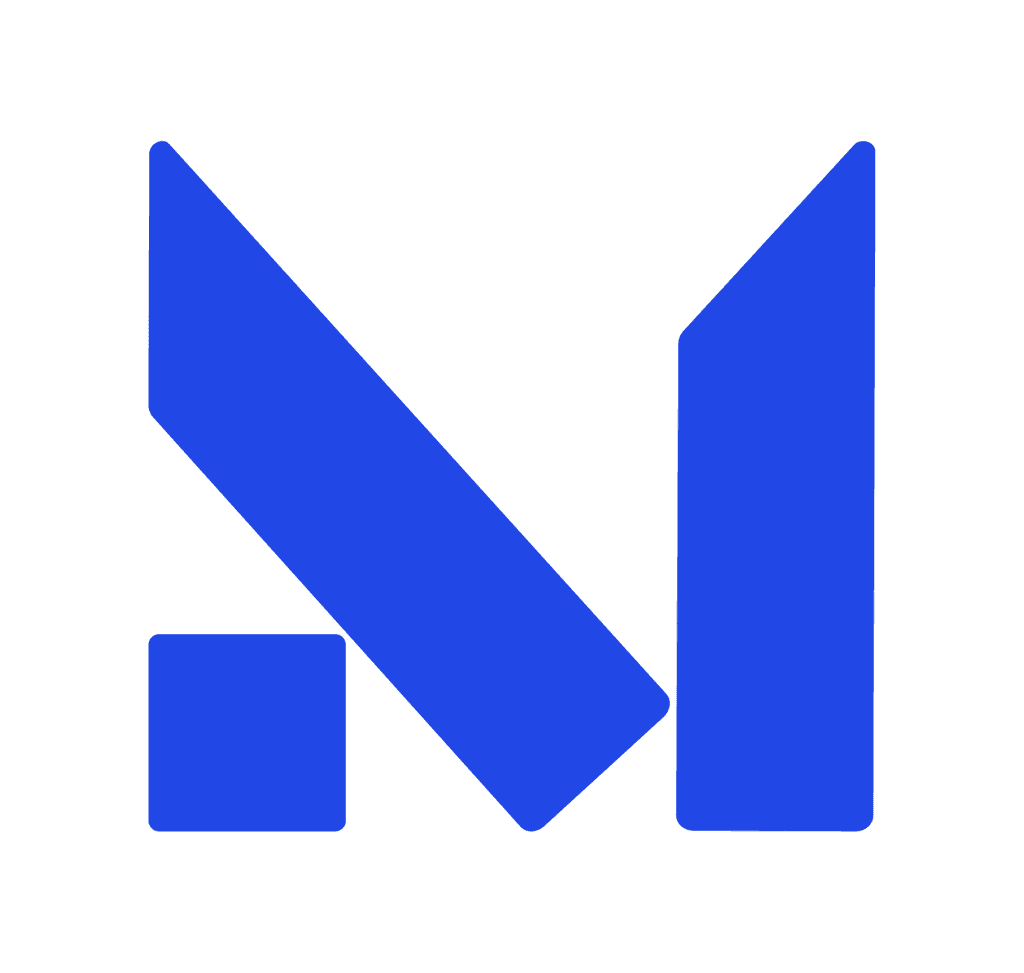Mindura
A VR exposure therapy platform designed to provide immersive, accessible, and effective treatment for mental health challenges such as OCD, phobias, PTSD, and social anxiety. Mindura empowers users to confront fears at their own pace, from the comfort and privacy of home.
Addy Award Winner (Gold), 2025

Role:
UI/UX Designer
Tools:
Figma, Adobe Suite
Duration:
12 weeks
Challenges:
Lack of accessible and affordable exposure therapy for mental health patients.
Limited VR-based tools tailored for mental health treatment at home.
Problem Statement:
Patients face barriers such as high costs, privacy concerns, and geographical constraints in accessing effective mental health therapy. Mindura aims to bridge this gap with an immersive and accessible VR solution.
Goals:
Develop a user-friendly VR platform for exposure therapy.
Provide affordable, customizable therapeutic scenarios for various mental health conditions.
Create a brand identity for the platform.
Create a mobile app that accompanies the VR platform.
Research:
To understand the needs, pain points, and preferences of potential users, I conducted:
5 in-depth user interviews with individuals experiencing social anxiety, OCD, and phobias.
Affinity mapping to identify common themes and insights from the interviews.
A heuristic evaluation of existing VR therapy tools to analyze their usability and effectiveness.
Key Findings:
Users prefer therapy that is private and accessible from home.
VR experiences that are immersive increase engagement.
Personalized scenarios increase trust and usability.
User Persona:
A representation of Mindura's target user:






